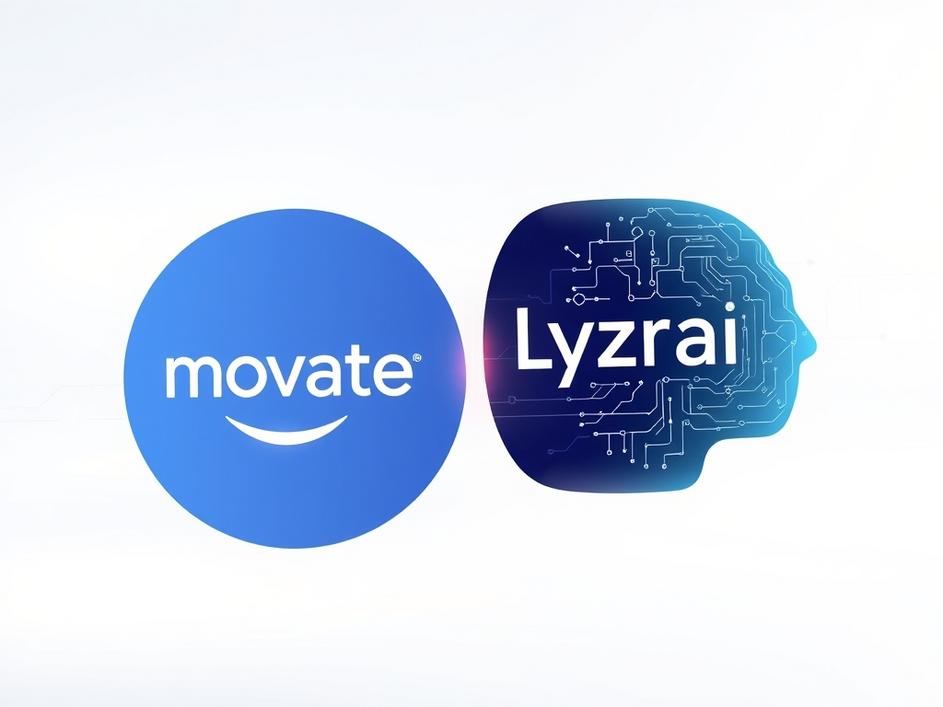


We are a digital agency helping businesses develop immersive, engaging, and user-focused web, app, and software solutions.
2310 Mira Vista Ave
Montrose, CA 91020
2500+ reviews based on client feedback

What's Included?
ToggleWe all see the headlines: breakthroughs in artificial intelligence, incredible new models changing how we live and work. It’s easy to look at the teams behind these innovations – people at places like OpenAI, Meta, Google DeepMind – and feel like it’s an unreachable world. We imagine a room full of geniuses with multiple PhDs, decades of research papers, and a secret handshake. But what if the path to getting one of those coveted spots isn’t as mysterious, or as academic, as we think? It turns out, an insider who’s worked at both OpenAI and Meta’s cutting-edge labs has shared some refreshingly direct advice, and it points to something much more practical than a pile of degrees.
The biggest takeaway from someone who lives and breathes this stuff is surprisingly straightforward: you need to use the models a lot. This isn’t just about reading papers or understanding the theory, though those things are important too. This is about deep, practical engagement. Think of it like learning to drive. You can read every car manual, study every road rule, and watch countless videos, but you won’t truly learn until you get behind the wheel. For AI, that means messing around with large language models, image generators, or whatever new tech is emerging. Try to break them. Push their limits. See what makes them tick and what makes them stumble. This kind of hands-on experience builds an intuition that no textbook alone can provide. It’s about developing a feel for the technology, understanding its quirks, and seeing its potential in ways only direct interaction can teach.
This advice really shifts the focus from passive learning to active experimentation. It suggests that curiosity, combined with persistence, is a powerful engine for growth in AI. Imagine spending hours prompting a language model, not just for a simple answer, but to understand its underlying biases, its creative boundaries, or its limitations in specific tasks. Or perhaps you’re fine-tuning a small model on a custom dataset, observing how tiny changes in parameters lead to vastly different outcomes. This isn’t just a casual hobby; it’s a form of applied research. Each interaction, each failed experiment, and each surprising success adds to a unique body of knowledge. It shows you how to troubleshoot, how to iterate, and how to think critically about AI systems. These are precisely the skills top labs value, because they’re the bedrock of true innovation.
So, how do you show off this practical expertise? It’s not enough to just say you’ve “used models a lot.” You need to demonstrate it. This is where personal projects, open-source contributions, and even thoughtful blog posts about your experiments come into play. Did you build a cool little app that leverages an LLM for a niche task? Did you contribute to a popular AI library? Have you documented your journey of trying to replicate a research paper’s results, detailing your challenges and insights? These aren’t just entries on a resume; they are living proof of your capabilities. They tell a story of someone who isn’t afraid to dive deep, to solve real problems, and to learn by doing. When recruiters and hiring managers at these elite labs look at candidates, they aren’t just checking boxes; they’re looking for evidence of passion, initiative, and a genuine knack for working with these complex systems.
This perspective from an industry insider is incredibly empowering. It demystifies the path to top AI labs, suggesting that while advanced degrees and a strong theoretical background are beneficial, they aren’t the *only* entry points. It tells us that the gates aren’t just guarded by academic pedigree, but also by sheer practical skill and a relentless drive to experiment. In a field that changes almost daily, the ability to adapt, to learn new tools quickly, and to push boundaries through hands-on work is arguably more valuable than rote memorization of old theories. It means that if you have a computer, an internet connection, and an insatiable curiosity, you can start building the skills that put you on the radar of these cutting-edge organizations. It levels the playing field, making success more about what you *do* than just where you went to school. This is fantastic news for anyone passionate about AI, regardless of their current background.
Ultimately, the advice is clear: if you want to be at the forefront of AI innovation, you need to be an active participant, not just an observer. The labs shaping our future aren’t looking for people who can simply talk about AI; they’re looking for individuals who can build with it, experiment with it, and intuitively understand its intricacies. So, fire up your code editor, find a fascinating model, and start playing. Ask questions, break things, fix them, and share what you learn. Your journey to a top AI lab might just start with that one curious prompt, that one persistent bug fix, or that one project you decided to build just for the fun of it. The future of AI is being built by those who aren’t afraid to get their hands dirty, and maybe, just maybe, that person could be you.



Leave a reply